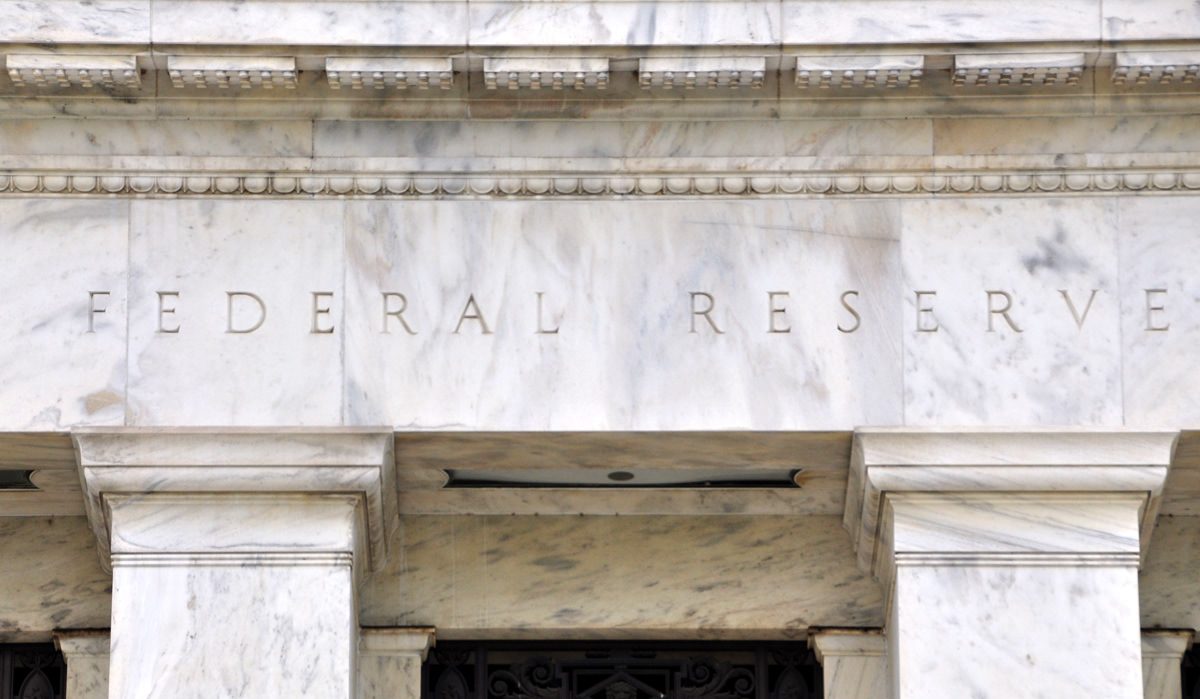

One of the biggest takeaways from the Wednesday press conference held by Federal Reserve Chair Jerome Powell is that the central bank isn’t likely to cut interest rates in March as investors had hoped.
After signaling interest rate cuts for 2024 in its previous meeting, the focus shifted to when such a move might come and how extensively policymakers could lower interest rates this year.
With the big question being when rate cuts could come, there are two camps in the mortgage industry that expect interest rate cuts coming as soon as March or May.
“I know Powell has said for the markets not to expect a March cut, but I believe it’s still in play with all the data that can come out now until then,” said Logan Mohtashami, lead analyst at HousingWire. “However, I am still in the three-rate cut camp for 2024 unless the labor data gets weaker, which will force the Fed to act quicker than they want.”
The Mortgage Bankers Association (MBA) is geared toward an interest rate cut coming in May.
“Inflation is dropping faster than many had anticipated and the job market thus far is holding up quite well,” said Mike Fratantoni, MBA’s senior vice president and chief economist. “This combination should mean its next move will be a cut in order to prevent the real Fed funds rate from becoming overly restrictive, thereby increasing the risk of a sharper economic slowdown. We continue to expect a first cut at the May meeting, with three cuts in total this year.”
“Markets had already priced in a ‘no change’ from the Fed, but political pressure is mounting on the Federal Reserve to look to cut rates sooner than later,” Max Slyusarchuk, CEO of A&D Mortgage, said in an emailed statement. “Unless they bend, we believe rates will begin to start to slowly pull back in the second half of this year, with many economists predicting a mortgage-positive outcome from the May meeting.”
As of Jan. 31, the CME FedWatch Tool estimates a 95.8% chance that the central bank will ease the federal funds rate at its May meeting.
Mortgage rate movement to depend on incoming data
With the central bank keeping interest rates steady on Wednesday, the consensus among housing professionals was that today’s decision won’t have much impact on the housing market.
The messaging from Powell on rate cuts was less than enthusiastic or promising, noted Rich Traub, a partner in the real estate practice of Chicago law firm Smith, Gambrell & Russell.
“If the cuts do occur, they will occur over a longer period of time and are less dramatic than what was hoped for at the end of 2023,” Traub said. “All in all, for the real estate market, I don’t think today’s pronouncements move the market one way or the other. I still see the market involved in a waiting game, and one that may take longer to play out than what is needed to jumpstart the marketplace.”
The Fed is playing the waiting game to look for continued good data and its actions will likely be shaped by any incoming data, said Realtor.com chief economist Danielle Hale.
“In order to see mortgage rates drop more significantly, the market and Fed will need to see more evidence that inflation is slowing and that the economy is on a sustainable path. Mortgage rates have been in a rough holding pattern because the data have been relatively mixed recently,” Hale said.
Mortgage rates track the yield on 10-year U.S. Treasurys, which move based on anticipation about the Fed’s actions, what the Fed actually does and how investors react. When Treasury yields go down, so do mortgage rates.
The long-term rates would move more on the labor data, so if jobless claims start to get weaker, that can push mortgage rates lower more quickly than Fed rate cuts, Mohtashami explained.
A string of economic data will be released in the coming weeks, including the January jobs report, which is scheduled for Friday, and inflation numbers, which are set to be released on Feb. 13.
“Mortgage rates are likely to bounce around now as the direction of bond yields and mortgage rates remains data-driven,” said Melissa Cohn, regional vice president of William Raveis Mortgage. “All eyes will be on Friday’s jobs report for the direction of rates in February.”